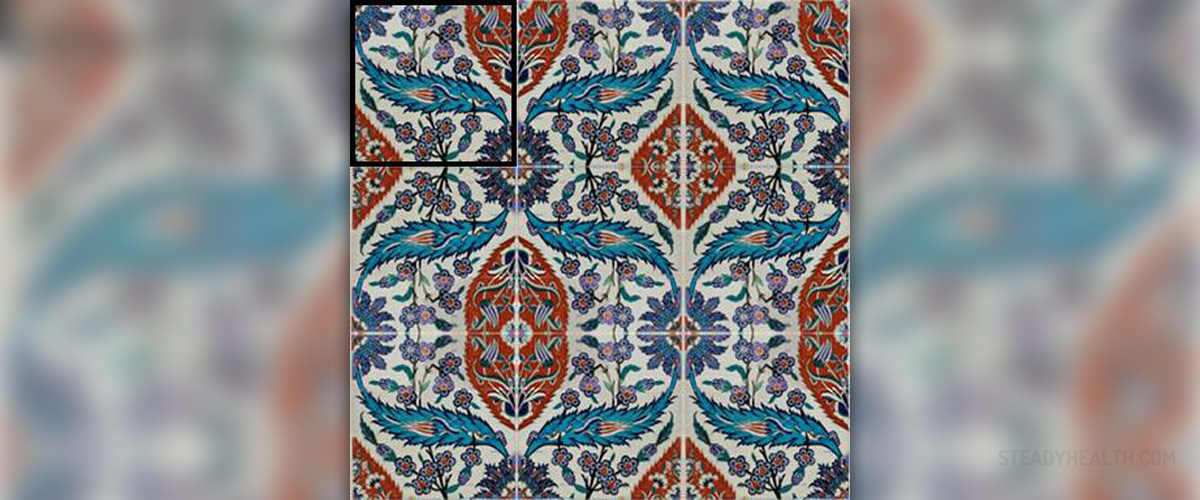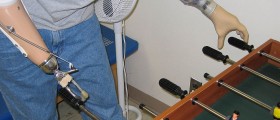
Complex regional pain syndrome is a condition which manifests through severe pain affecting a certain part of a person's body, leading to serious discomfort, skin sensitivity and tenderness as well as mobility issues. This condition usually affects the limbs and may even be triggered by temperature changes.
CRPS Variants
This condition can be classified into different types. Type one takes place due to an injury like a sprained ankle or a fracture, without any signs of nerve damage. On the other hand, if the nerve damage did take place after the injury, CRPS type two is diagnosed. Broken bones, infections or operations are known to trigger CRPS type two. Fortunately, type one is the most common one, being present in 90% of CRPS cases.
As for the statistic data, about 1 person in every 18,000 people are affected in some parts of the world. However, there are also areas where this situation is 1 in every 4,000 people. In the UK, for example, one or two people from every 100 are affected by CRPS. Generally, this condition is more common in women and the elderly. Nevertheless, it can affect people of all ages and both sexes.
Treatment for CRPS
Many times, CRPS patients need to see a number of specialists in order to manage to find a successful treatment which, in most cases, presents a mixture of physiotherapy and medications.
The goal of physiotherapy is to improve or completely restore the lost mobility affecting a certain body area, prevent deterioration of muscles and disallow bending of bones. The treatment is carried out by trained professionals and can be quite painful.
Graded motor imagery is yet another effective treatment. In fact, many people consider this treatment the most productive when it comes to removing pain that comes with CRPS. Basically, here, therapists teach your brain how to change its perception of pain. Firstly, your capability to differentiate left from right is tested. Secondly, by observing other people move you are supposed to imagine that you are doing the same. Finally, you undergo mirror therapy. Here, your healthy limb is mirrored as a reflection, covering your troublesome limb. Subsequently, your brain perceives both of your limbs as healthy, removing the pain. This treatment is also effective for people who suffer from painful phantom limbs, after amputation.
Finally, occupational therapy may help you learn how to live and manage leading a healthy and productive lifestyle with CRPS.











-Causes,-Symptoms,-Diagnosis,-Treatment_f_280x120.jpg)





Your thoughts on this
Loading...